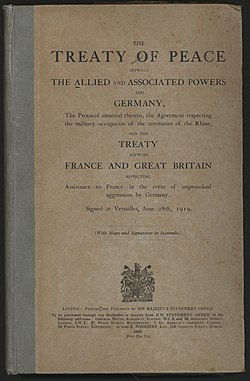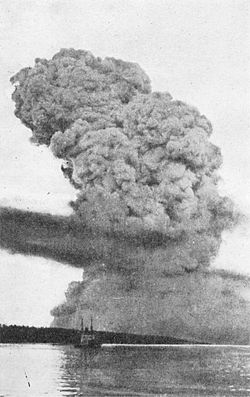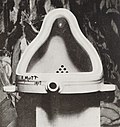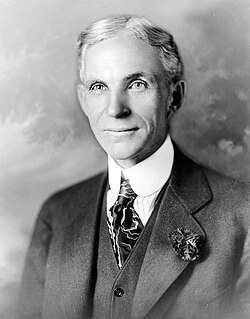
| Millennia |
|---|
| 2nd millennium |
| Centuries |
| Decades |
| Years |
| Categories |
The 1910s (pronounced "nineteen-tens" often shortened to the "'10s" or the "Tens") was the decade that began on January 1, 1910, and ended on December 31, 1919.
Contents
- Politics and wars
- Wars
- Internal conflicts
- Major political change
- Decolonization and independence
- Assassinations
- Disasters
- Other significant international events
- Science and technology
- Technology
- Science
- Economics
- Popular culture
- Sports
- Literature and arts
- Visual Arts
- Influential artists
- People
- Business
- Inventors
- Politics
- Authors
- Entertainers
- Sports figures
- See also
- Timeline
- Notes
- References
- Further reading
The 1910s represented the climax of European militarism which had its beginnings during the second half of the 19th century. The conservative lifestyles during the first half of the decade, as well as the legacy of military alliances, were forever changed by the June 28, 1914 assassination of Archduke Franz Ferdinand, the heir presumptive to the Austro-Hungarian throne. The archduke's murder triggered a chain of events in which, within 33 days, World War I broke out in Europe on August 1, 1914. The conflict dragged on until a truce was declared on November 11, 1918, leading to the controversial and one-sided Treaty of Versailles, signed on June 28, 1919.
The war's end triggered the abdication of various monarchies and the collapse of four of the last modern empires of Russia, Germany, Ottoman Turkey, and Austria-Hungary, with the latter splintered into Austria, Hungary, southern Poland (who acquired most of their land in a war with Soviet Russia), Czechoslovakia and Yugoslavia, as well as the unification of Romania with Transylvania and Bessarabia. [a] However, each of these states (with the possible exception of Yugoslavia) had large German and Hungarian minorities, creating some unexpected problems that would be brought to light in the next two decades.
The decade was also a period of revolution in many countries. The Portuguese 5 October 1910 revolution, which ended the eight-century-long monarchy, spearheaded the trend, followed by the Mexican Revolution in November 1910, which led to the ousting of dictator Porfirio Díaz, developing into a violent civil war that dragged on until mid-1920, not long after a new Mexican Constitution was signed and ratified. The Russian Empire had a similar fate, since its participation in World War I led it to a social, political, and economical collapse which made the tsarist autocracy unsustainable and, succeeding the events of 1905, culminated in the Russian Revolution and the establishment of the Russian Soviet Federative Socialist Republic, under the direction of the Bolshevik Party, later renamed as the Communist Party of the Soviet Union. The Russian Revolution of 1918, known as the October Revolution, was followed by the Russian Civil War, which dragged on until approximately late 1922. China saw 2,000 years of imperial rule ended with the Xinhai Revolution, becoming a nominal republic until Yuan Shikai's failed attempt to restore the monarchy and his death started the Warlord Era in 1916.

Much of the music in these years was ballroom-themed. Many of the fashionable restaurants were equipped with dance floors. Prohibition in the United States began January 16, 1919, with the ratification of the Eighteenth Amendment to the U.S. Constitution. Best-selling books of this decade include The Inside of the Cup , Seventeen , Mr. Britling Sees It Through , and The Four Horsemen of the Apocalypse.
During the 1910s, the world population increased from 1.75 to 1.87 billion, with approximately 640 million births and 500 million deaths in total.















